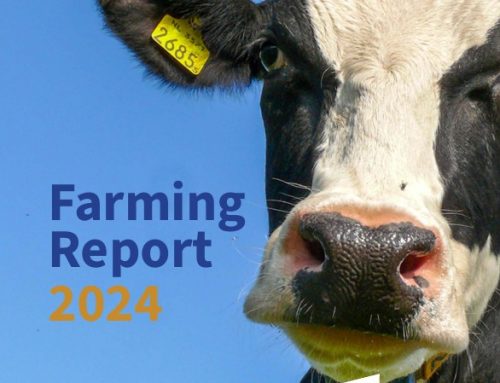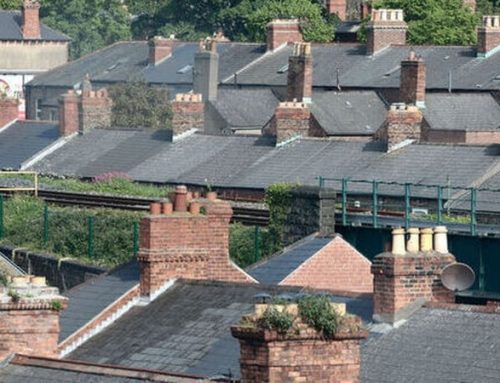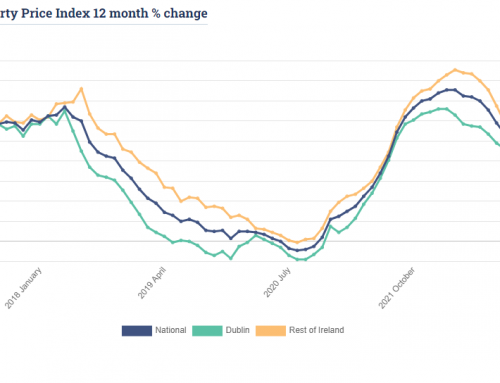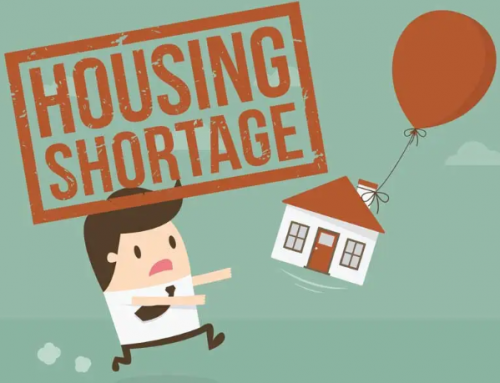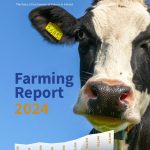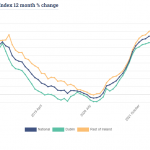Over the last five years, as Ireland entered and then successfully exited its Troika Programme, the housing market has remained one of the most important topics in social debate. However, the specifics being debated have changed fundamentally. When Ireland entered the Troika Programme in late 2010, this was triggered in part by the fall-out from excessive lending and excessive construction. The problem, in brief, was one of too many houses, rather than too few.
However, as became clear when the latest Census findings were published in mid-2011, Ireland’s population continued to grow, even when economic conditions were at their weakest. While we won’t know exactly until mid-2016 what has happened with the population since 2011, it seems likely that – with net outward migration easing – population growth has continued apace since 2011. This is highly unusual within a European context and is a “problem” most of our European neighbours would love to have.
What this means for the housing sector is simple: more people mean more dwellings are needed. There was, and still remains in some circles, a belief that vacant homes somewhere in the State are a substitute for vacant homes where they are needed. However, the importance of employment means that cities – as natural job creators – are experiencing the bulk of population growth… but without any building. Dublin’s population may grow by as many 100,000 families during the 2010s but, halfway through the decade, fewer than 10,000 new homes have been built in the capital.
In brief, the issue now is most certainly too few homes, rather than too many. This can be seen in a variety of problems faced by Irish society in 2015, from the working homeless to the students whose horizons for higher education are limited by expensive accommodation. It affects those on above-average incomes, who push for more mortgage credit to fight amongst each other for scarce commodities and affects those on below-average incomes, who are stuck between a rental market starved of supply and a moribund social housing sector.
Given this context, the latest Rental Report provides few surprises. In both year-on-year terms and quarterly, rents were higher in the first three months of 2015 across all 35 counties and urban regions analysed in the report. This is the third instance in four quarters of across-the-board quarterly increases. For many counties, particularly in the west of the country, the increase in rents of between 5% and 10% in the last two years reflects an improving real economy, together with a working down of excess supply from the bubble years. But for other areas, rent increases of between one quarter and one third over the last couple of years are far from benign.
From: Ronan Lyons – http://www.daft.ie
See the full report by clicking the following link – http://c0.dmstatic.com/652/report/q1-2015-daft-rental-report.pdf


